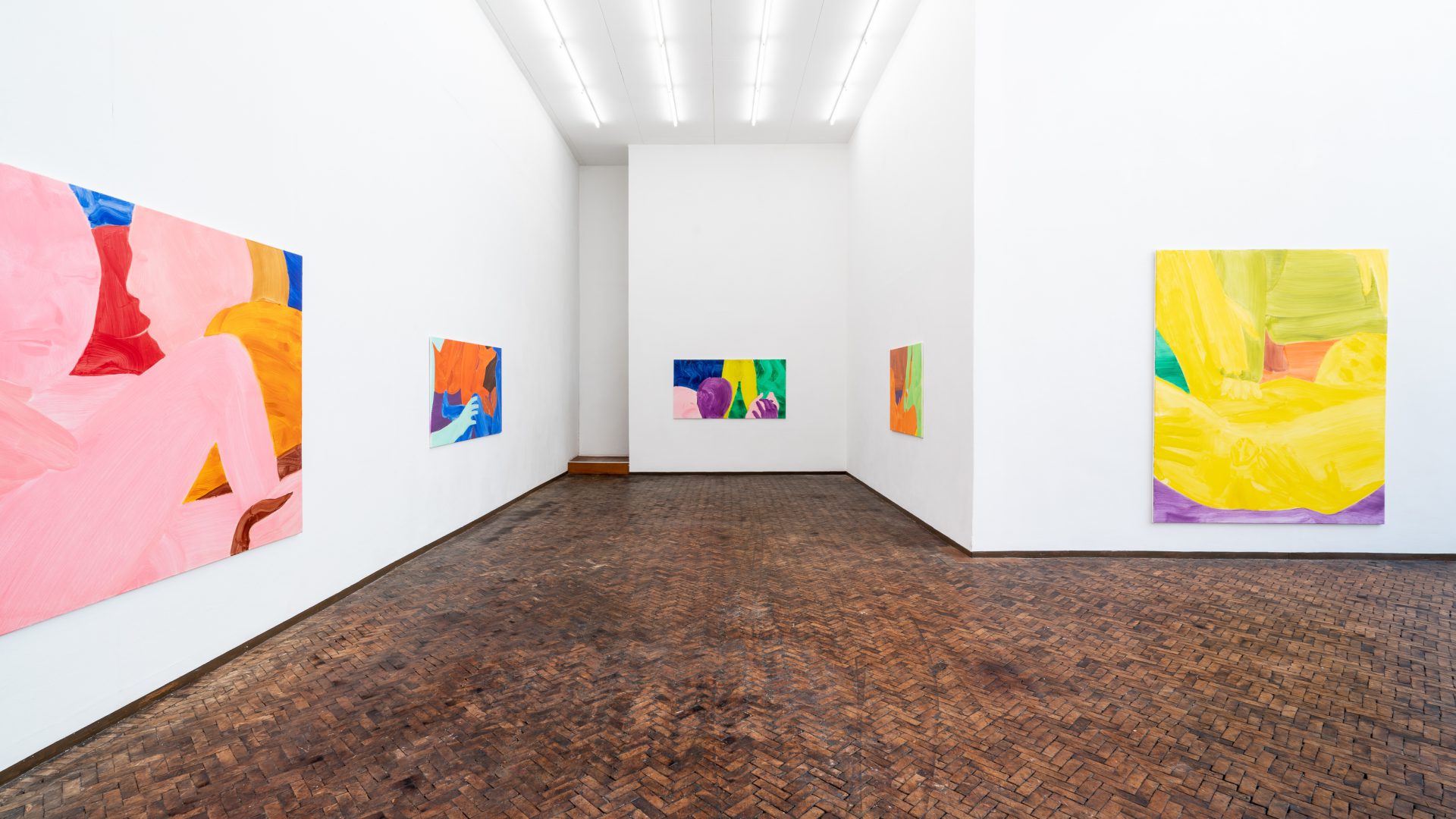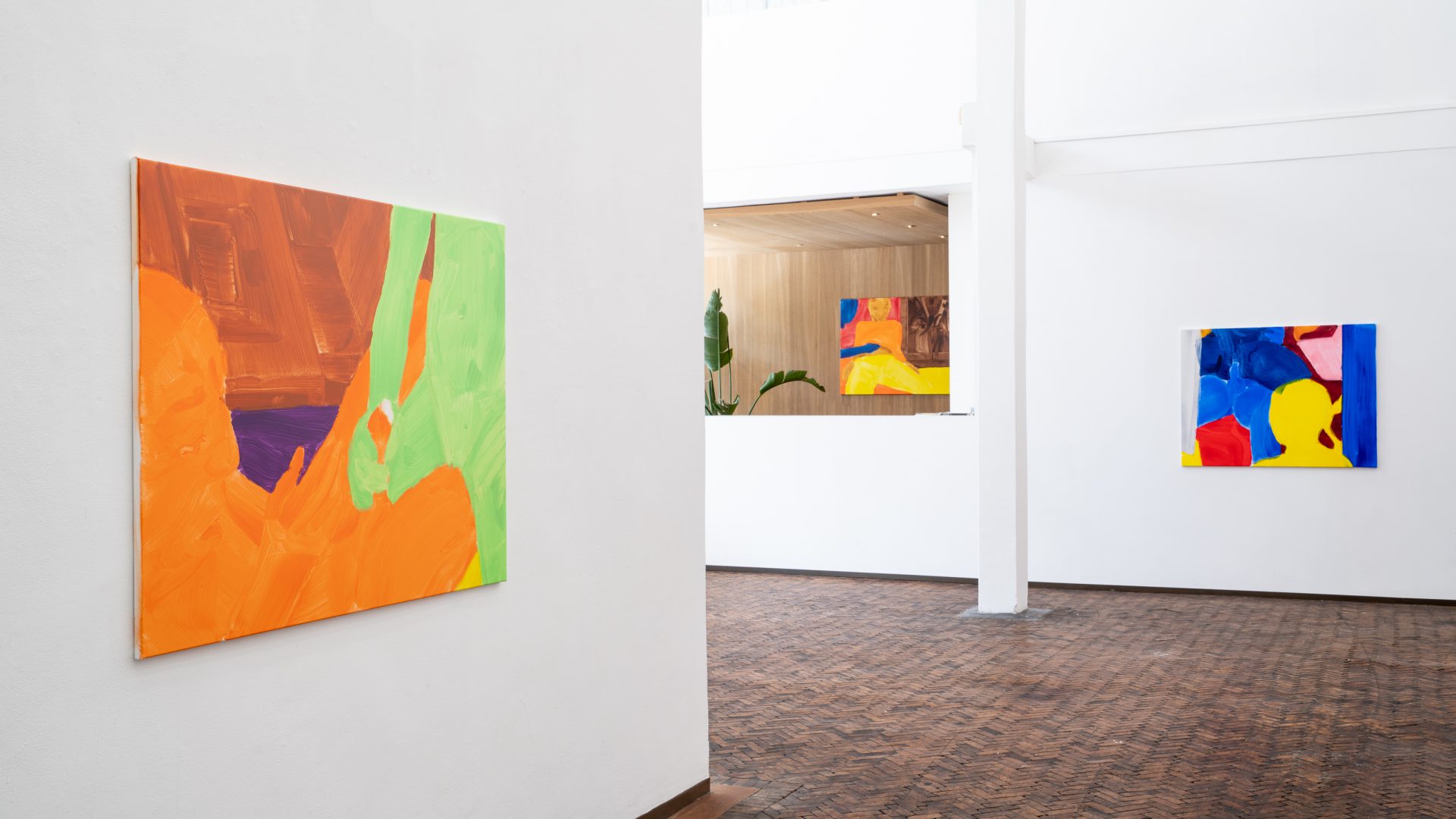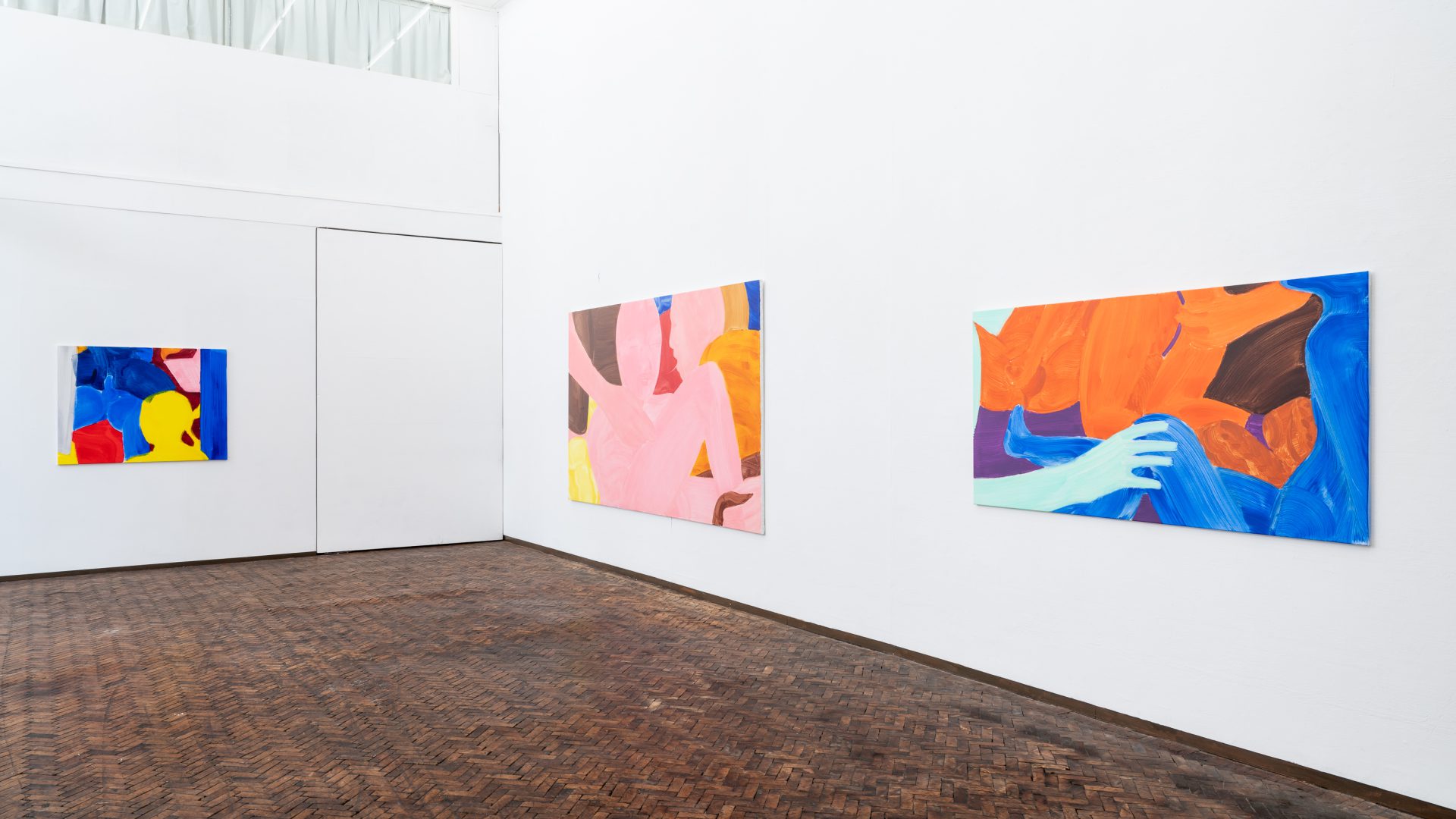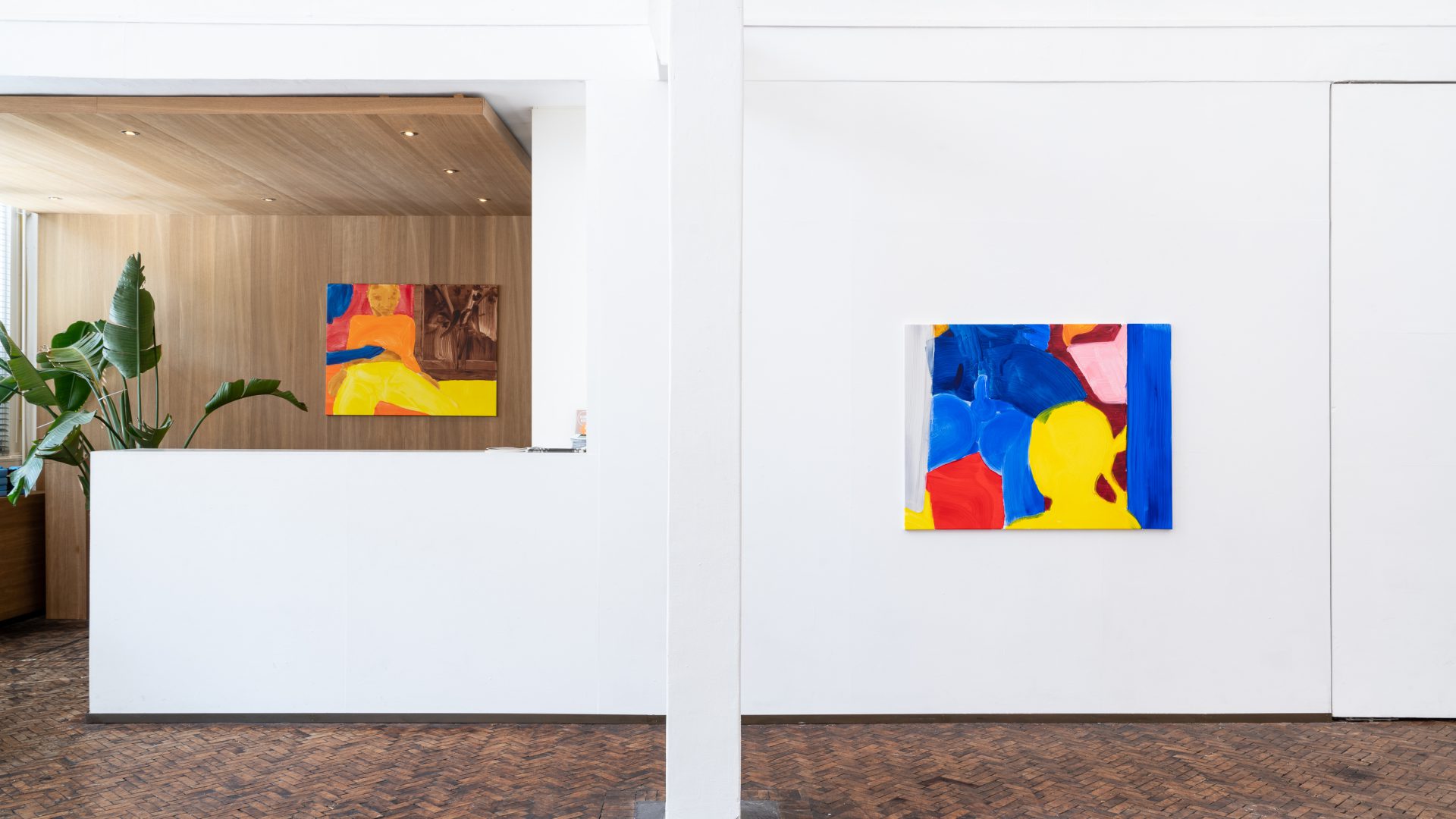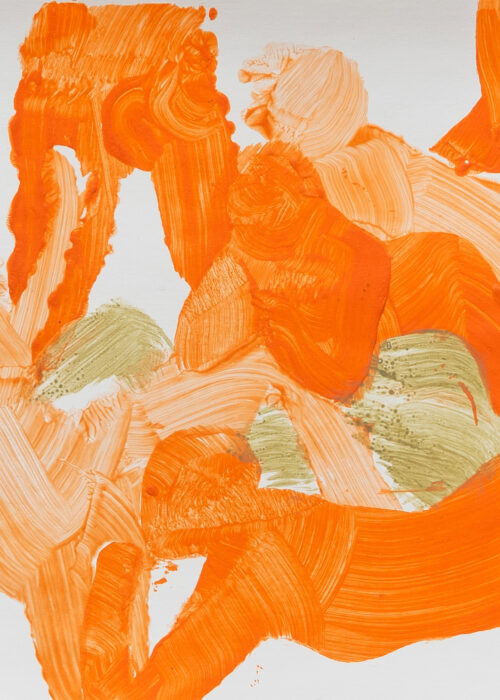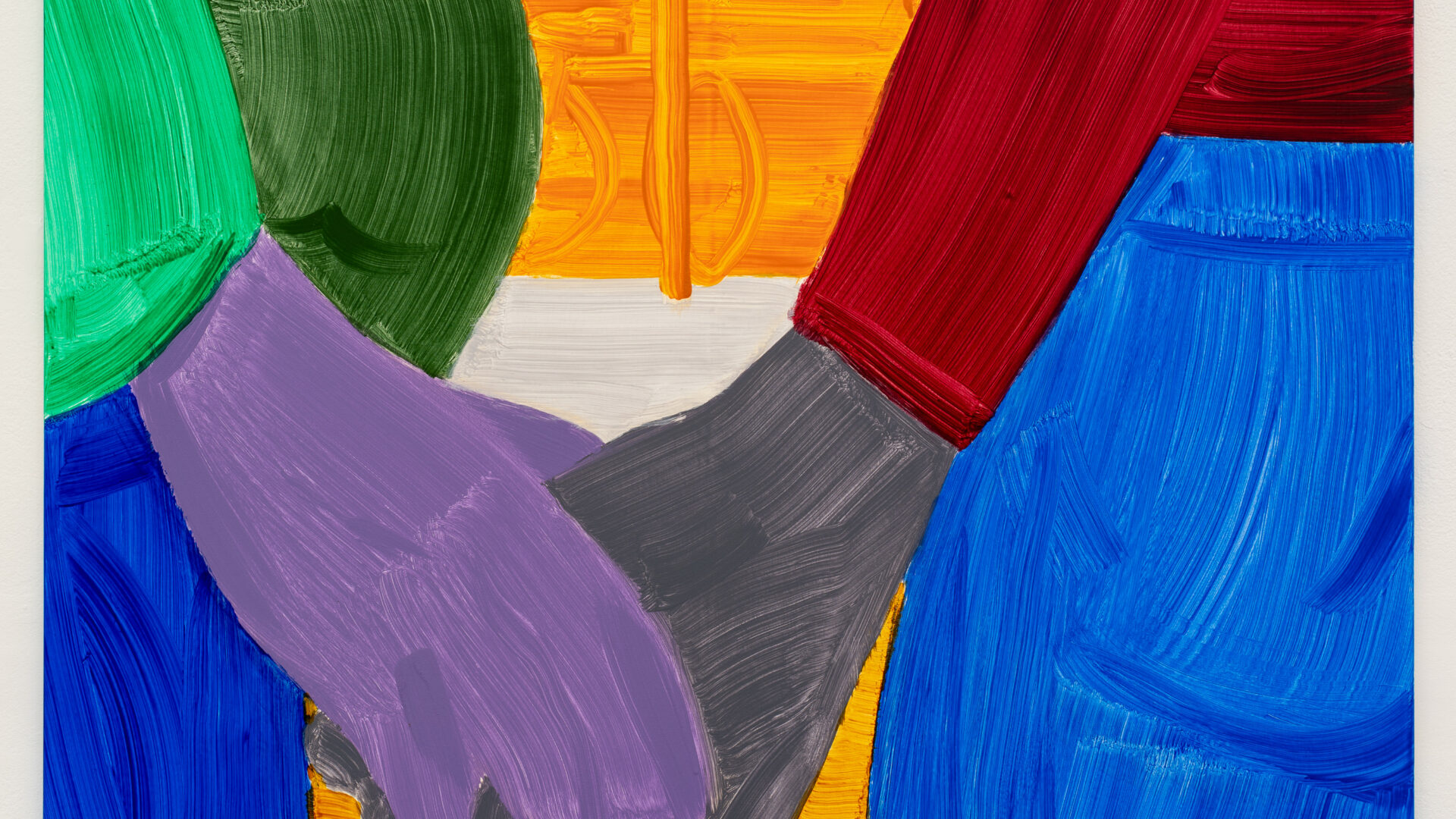
Soft People (Erotic)
Soft People (Erotic)
Philipp Kremer
Philipp Kremer
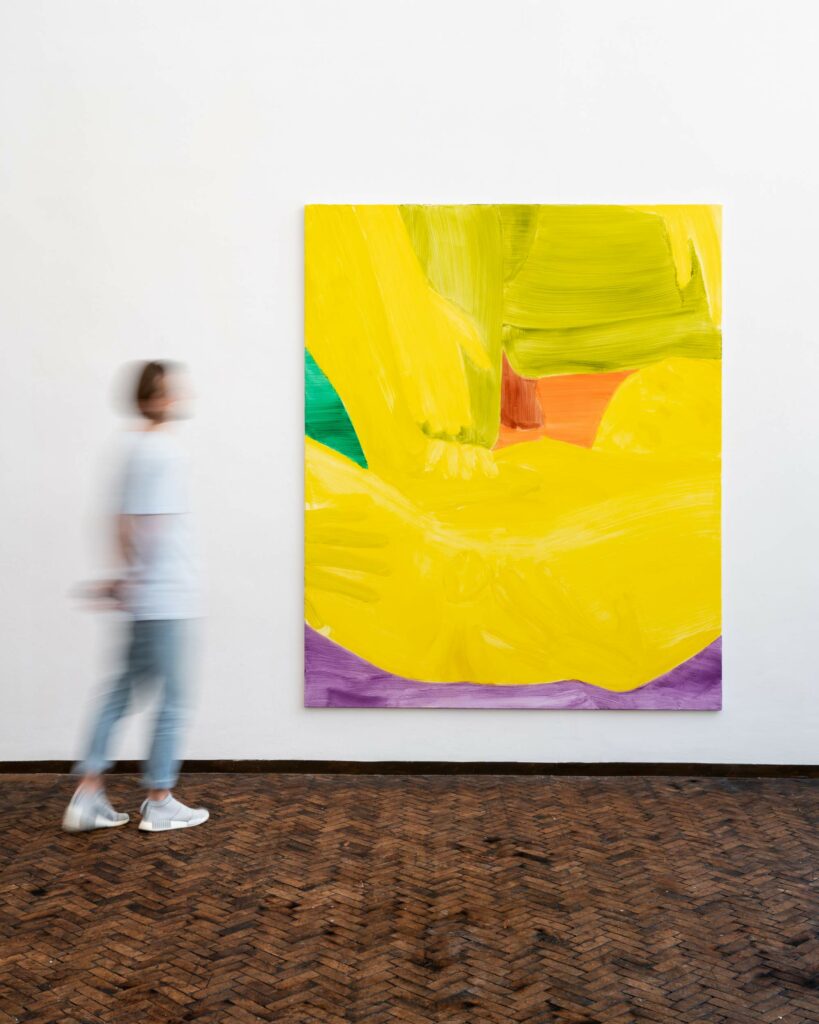
Philipp Kremer, Gathering (XXVI), 2020, oil on canvas,
230 x 210 cm.
Gerhard Hofland is proud to present the first solo exhibition by Rijksacademie laureate Philipp Kremer.
In Soft People (Erotic), Philipp Kremer (1981, DE) lays arresting swathes of colour that capture us in a space brimming with suggestive topologies. Bodies embrace – some at the point of climax – in moments of emotional and physical transmission, the contents of which are ripe for audience interpretation. Nude, these characters find themselves vulnerable and exposed – thus providing a fertile landscape to unpack and apply our own preconceptions surrounding the private, the taboo and further, the chance to preoccupy ourselves with examining the relations between these figures. Whilst Kremer conscientiously invokes group sex as means of exploring power relations, a sincerely playful resonance emerges as he challenges himself to overcome ones own authorial limitations during the construction of a painting.
Within the works, the finest visible lines and contours are integral to a greater mass of forms and web of interactions. Forms, not indicated by depth of field or light and shadow are instead indexed by colour. Here, Kremer’s characters find themselves only tentatively distinct from the spaces they are in, as if aiming to disappear. From inside Kremer’s borderline abstractions they appear safe from any moral high-grounding or consternation, merely existing as a series of flowing relations – their gestures inextricably tied to Kremer’s own. Through this simplicity and a unifying sense of ‘explicitness’, Kremer grants us access to the works – to lay upon these vivid, roiling bodies our own moral or narrative projections. Throughout, the provocative is employed as an invitation – a means of creating opportunity for commonality.
The works are the result of an ongoing and rigorous formal exploration. Kremer investigates how an artist, through selectively withdrawing themselves from the decision making process, might create works that are more incontrovertibly human: accidental, tentative, embarrassed and bold. Using chance and self-contradiction, he counteracts the omnipotence that comes with authorship. Instead, colour choices are delegated to arbitrarily drawn cards and inaccuracies of anatomy and depth are intentionally embedded in the compositions. Through these submissions, the works become a more authentically human project, they are charged with Kremer’s own hesitations, jealousies and second guesses.
People are soft, their bodies are malleable. Within the works, this collective softness becomes a point of departure. These are social paintings in that they sit as a nexus point within the gallery: a window and point of exchange between the soft people of the work and those in the audience. The means through which we express our sexuality can facilitate a shared euphoria, though they might also be weaponised and wielded against one another. Soft People (Erotic) boldly relays such significant moments that take place in our more intimate interactions: the sometimes joyous other times awkward and stalling but altogether tender and formative. Further, the works represent a contemporary implementation the nude, an organic continuation of this tradition of figurative painting in a more sexually liberated era. Though by abstaining from realism, Kremer pushes beyond the representative utility of colour, towards the greater possibilities of colour as signal or transmission of emotional intensity.
Kremer’s recent exhibitions include Skin Stealers, Nicodim Gallery, Los Angeles (2019); Certain Place, Studio Continuo, Amsterdam (2019, solo); The Adderall and the Ecstasy, Galeria Nicodim, Bucharest (2018); Homeward Bound, Nicodim Gallery, Los Angeles (2018); Basic Communities/Soft People, CCA Derry/Londonderry, Northern Ireland (2017, solo); Soft People, Kunstverein Langenhagen, Hannover (2017, solo); and Philipp Kremer, Nicodim Gallery, Los Angeles (2016, solo).
Text: Matthew Sturt-Scobie
